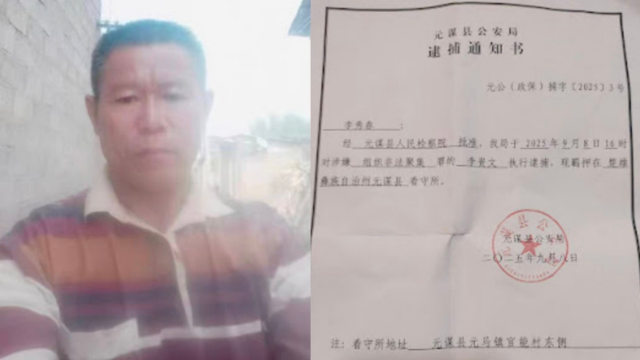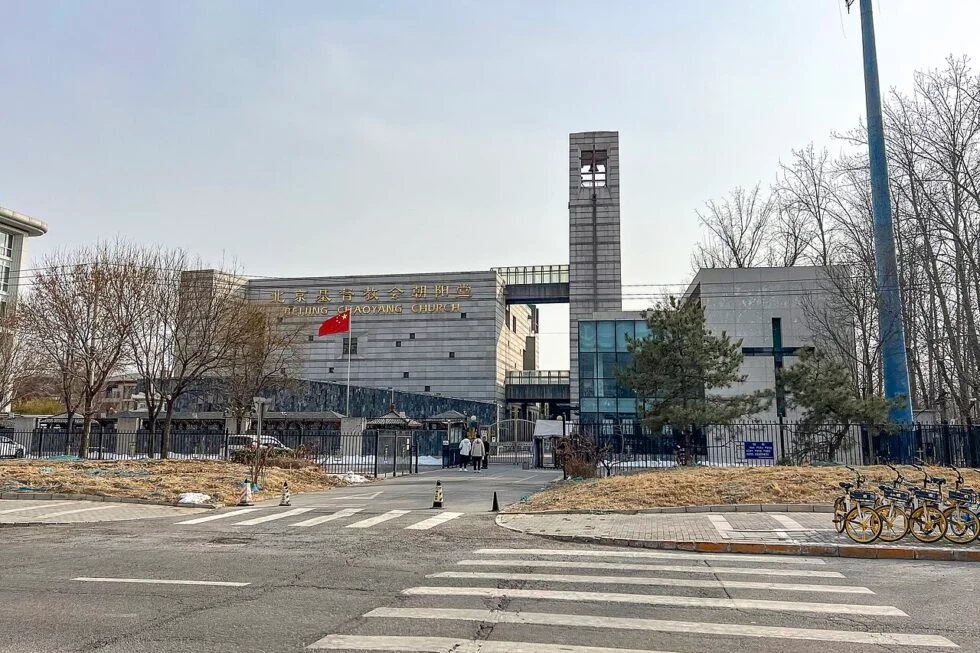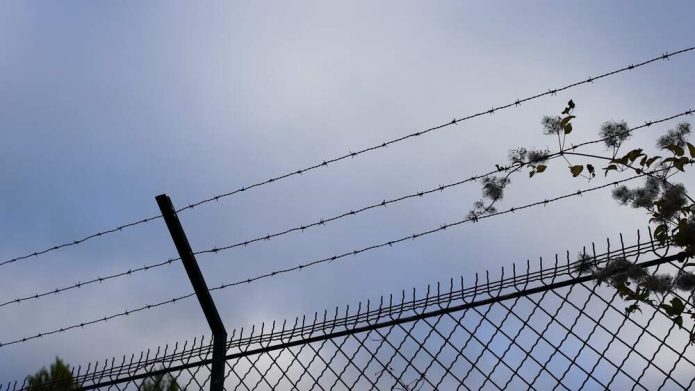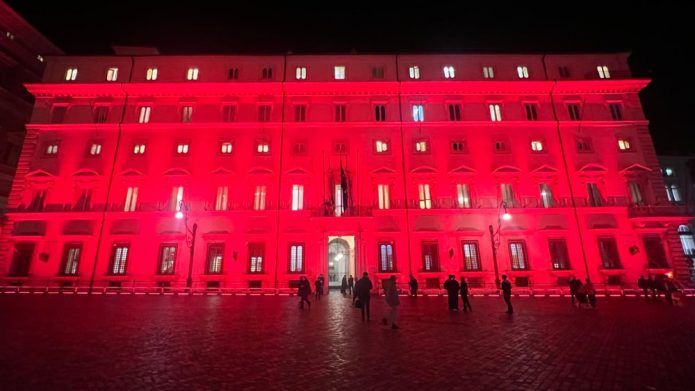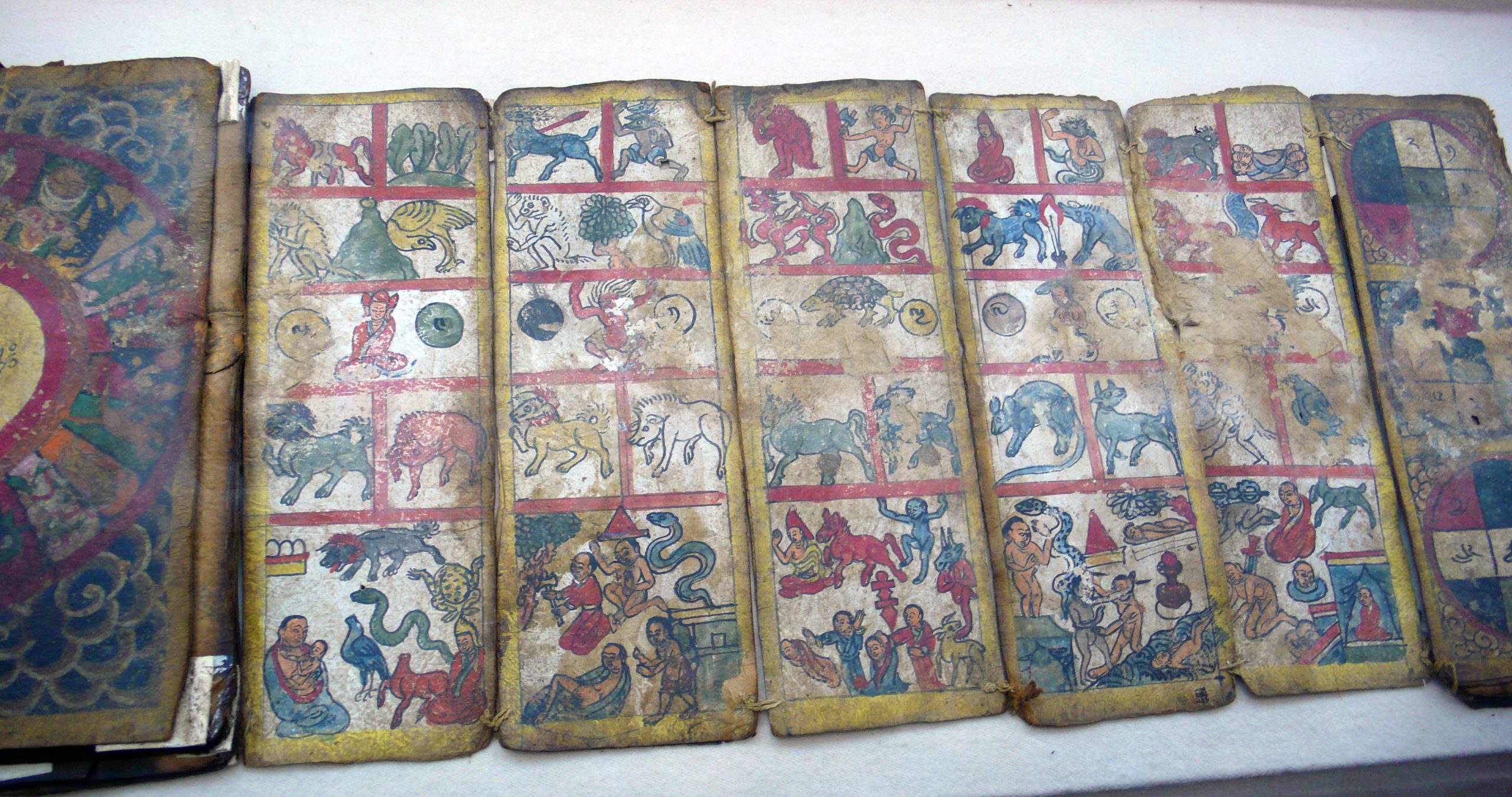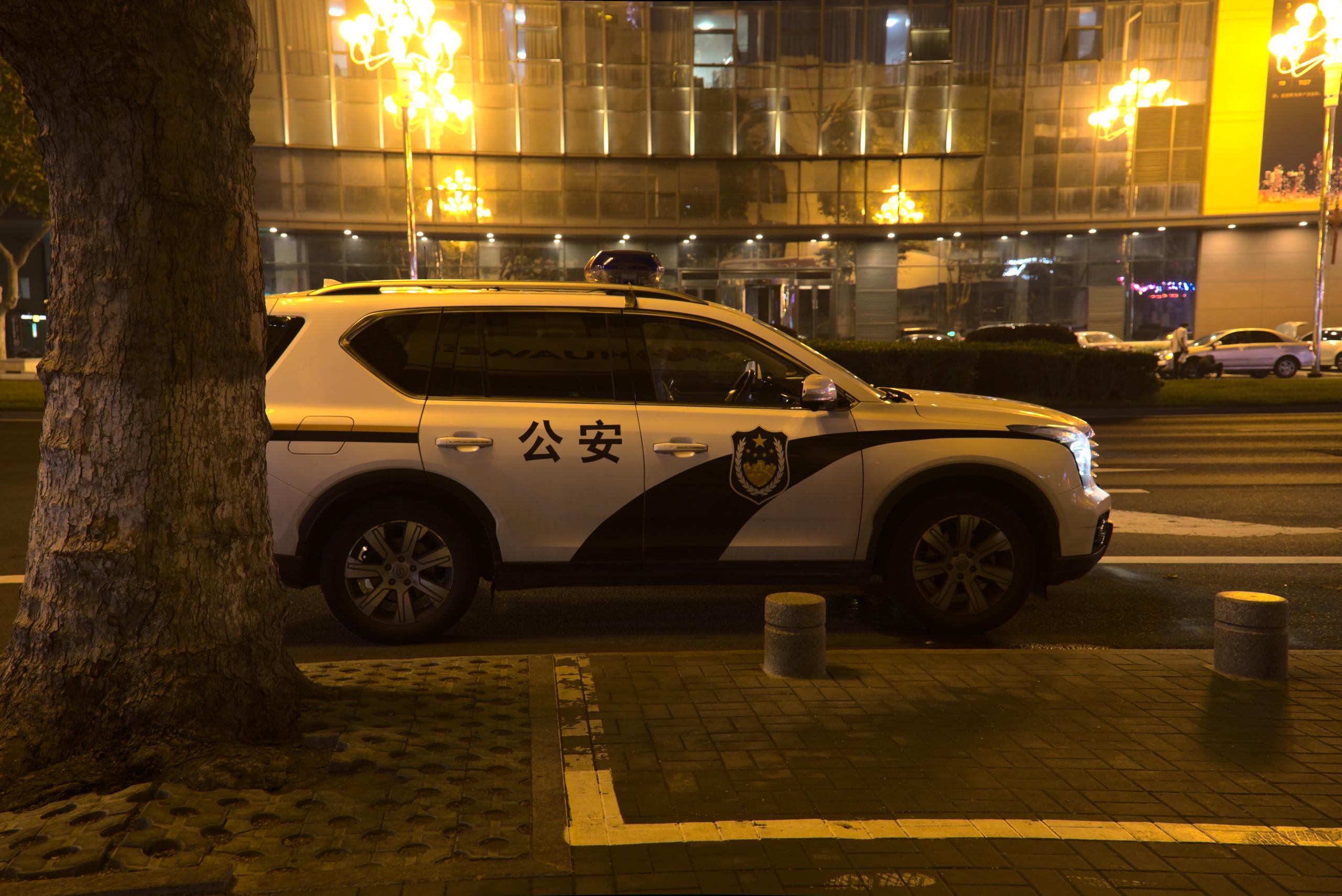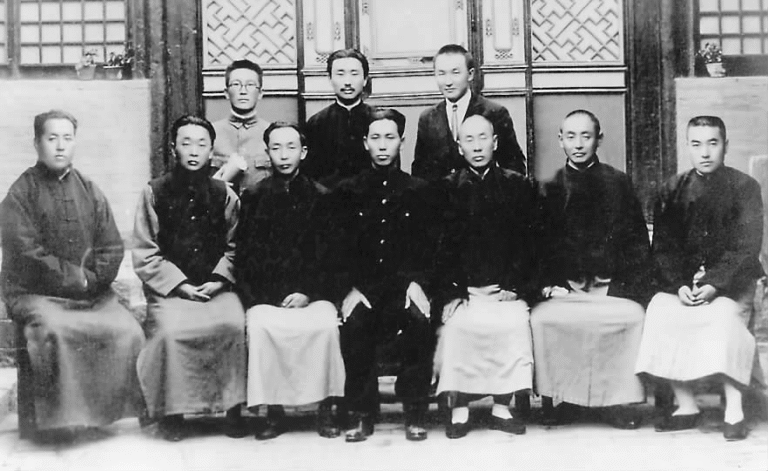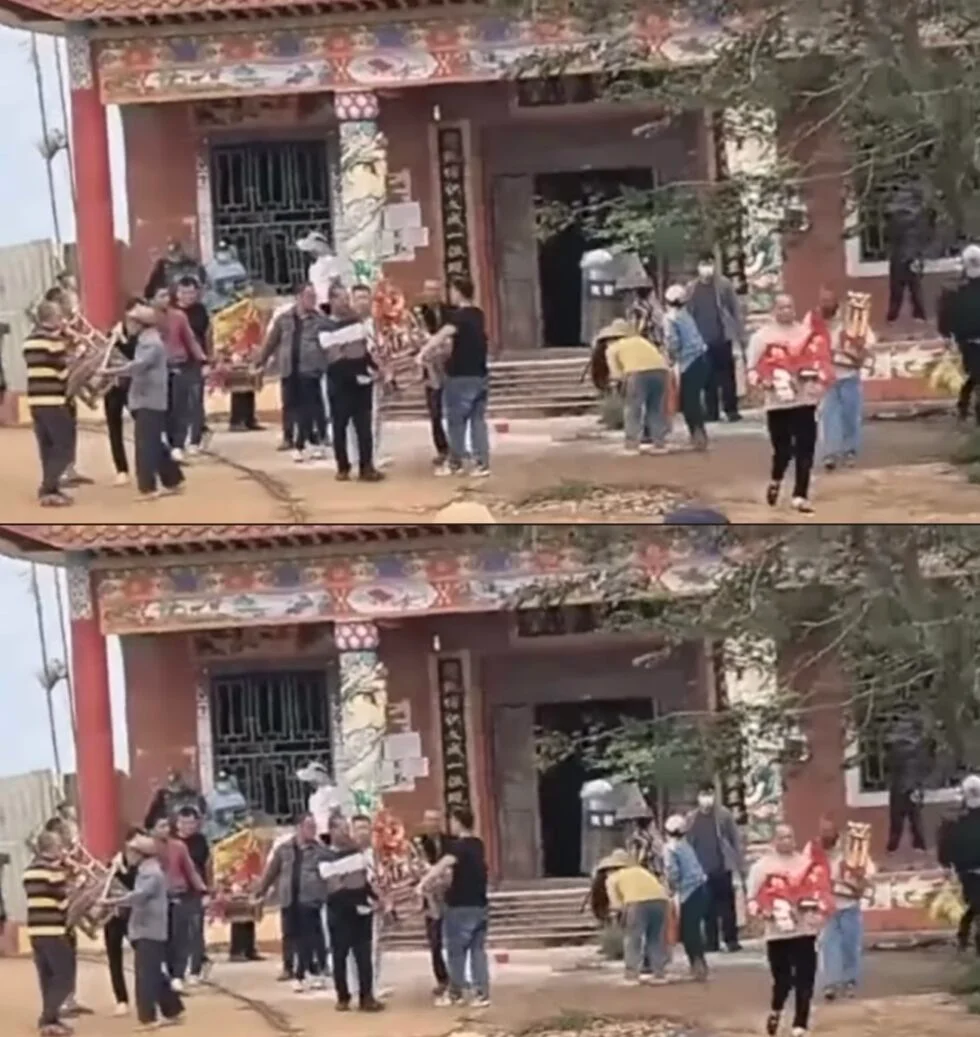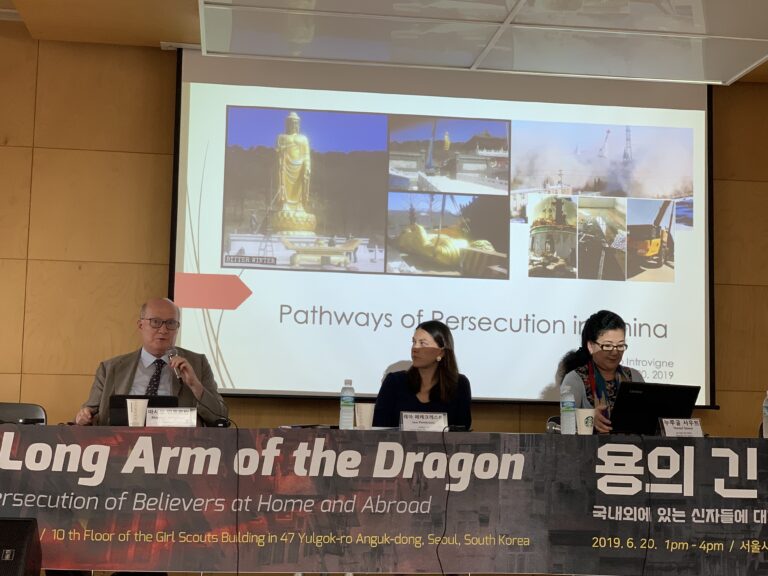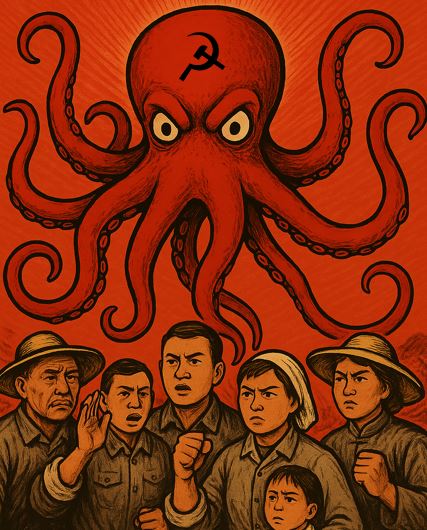Temples and scenic areas in Inner Mongolia, Fujian, and Liaoning forced to conceal from view outdoor Buddhist statues amid CCP’s nationwide drive to eradicate them.
by Gu Qi
The magnificent Shakyamuni Buddha statue sits on the peak of the Lianhua Mountain, facing the Yellow River in Lianhua scenic resort, located in Baotou, a city in Inner Mongolia. Residents of a nearby village say that the statue was carved from over 20,000 tons of granite.
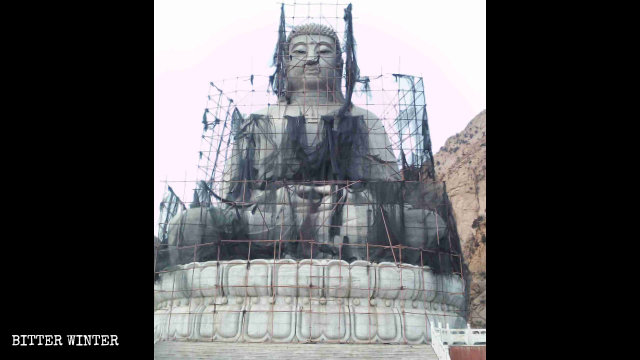
But the 40-meter-tall Shakyamuni didn’t escape the CCP’s campaign to eradicate all large outdoor religious statues, which is sweeping across the country: Local authorities ordered to hide it in a specially-constructed artificial mountain. The project started in July 2019 and is still ongoing.
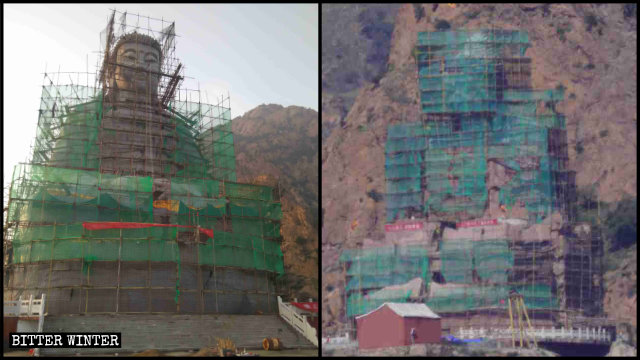
“The Buddha will now meditate in the mountain and will appear again when Xi Jinping steps down,” a villager joked sarcastically.
A source told Bitter Winter that the Lianhua scenic resort was built on the grounds of an old temple with private investments attracted by the Shaerqin town government to develop tourism in the area. After the statue was ordered to be covered, all ongoing projects in the resort have been suspended.
As per the source, earlier last year, before the work to conceal the Shakyamuni statue started, the government hired workers to destroy Buddhist statues in the temple on the mountain.
To prevent any information leaks, the local authorities spent substantial resources to block the roads up to the mountain with barbed wire and install surveillance cameras. Personnel were stationed to patrol the mountain to prevent tourists and believers from going to the top.
“The CCP is prohibiting people from worshiping Buddha and wants them to venerate Mao Zedong because they are worried that religious belief will take over people’s minds and hearts,” commented the source.
The iconic 27-meter-tall Amitābha Buddha statue outside Puzhao Temple in Longhai, a county-level city in Zhangzhou city in the southeastern province of Fujian, was built in 2006 at the cost of more than 1 million RMB (about $140,000).

According to a local Buddhist, the temple, popular with Chinese and foreign believers, incorporated styles representing different traditions of Buddhist architecture from other countries, like Malaysia and Thailand. In 2010, the local government bestowed upon it the title of “One of Zhangzhou’s Key Temples for Exchange with Taiwan.”
In November 2019, the city’s United Front Work Department (UFWD) and Religious Affairs Bureau demanded the temple to cover up the Amitābha statue. Local Buddhists fear that the concealed icon will not pass government inspections and will be ordered to be dismantled.

The same fate befell a red-copper statue of Earth Store Bodhisattva, donated by a Buddhist in August 2019 to Zhangzhou city’s Anfu Temple. Less than 10 meters tall, the icon cost over 2 million RMB (about $ 280,000) to build. Two months later, the temple was forced by the local Religious Affairs Bureau to cover up the statue with iron sheets. A slogan, reading, “Do not forget your initial intention. Love your country, love your religion” was attached to the cover.
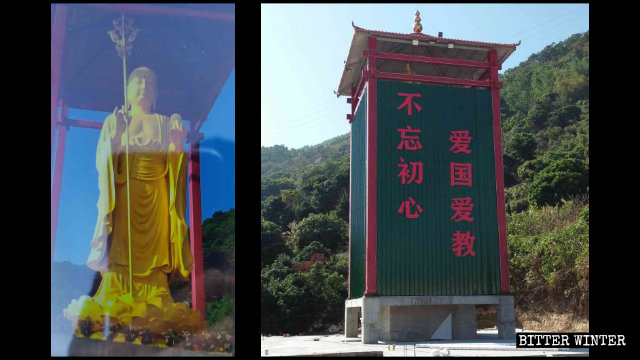
In October, a Guanyin Statue in a temple on Zhuanghe city’s Geli Island in the northeastern province of Liaoning was covered up with slogans calling to protect natural resources. The gate of the temple was cloaked with black planks.
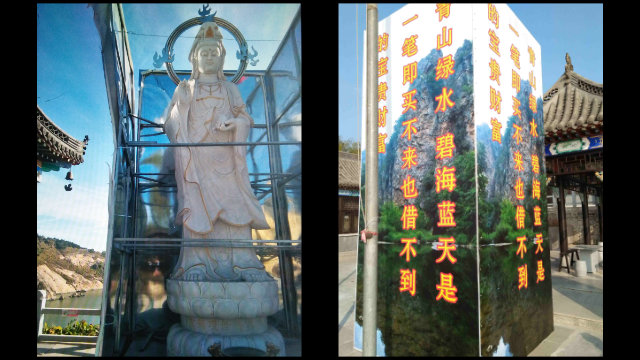
(supplied by insiders)
Source: Bitter Winter



